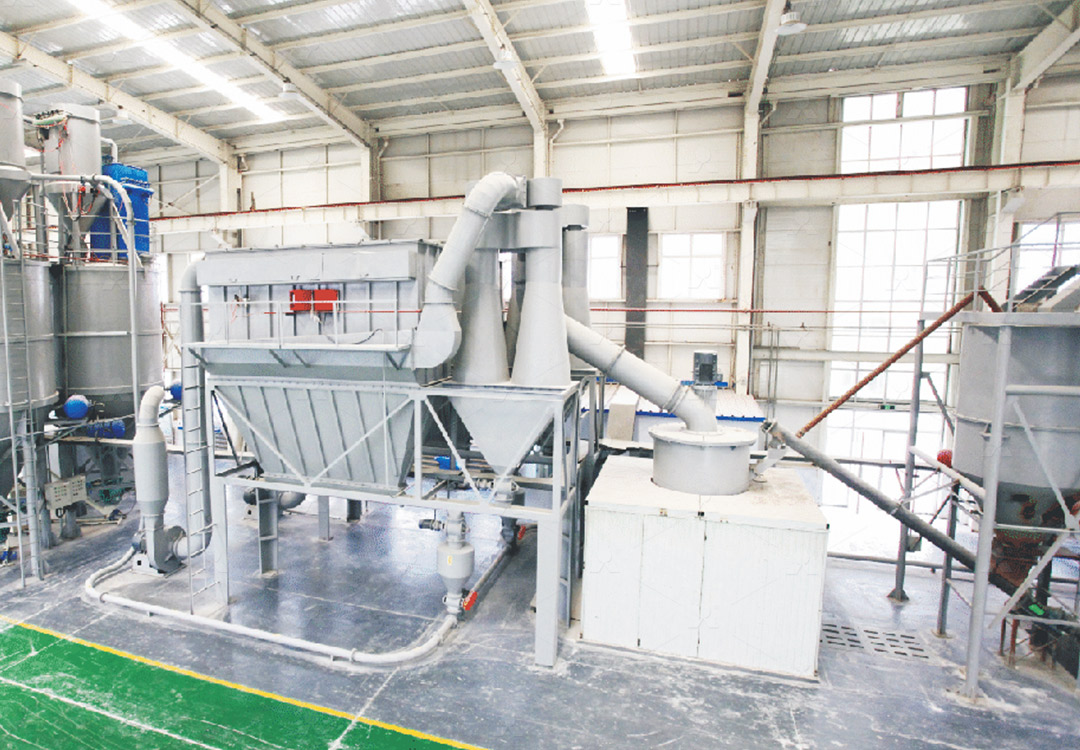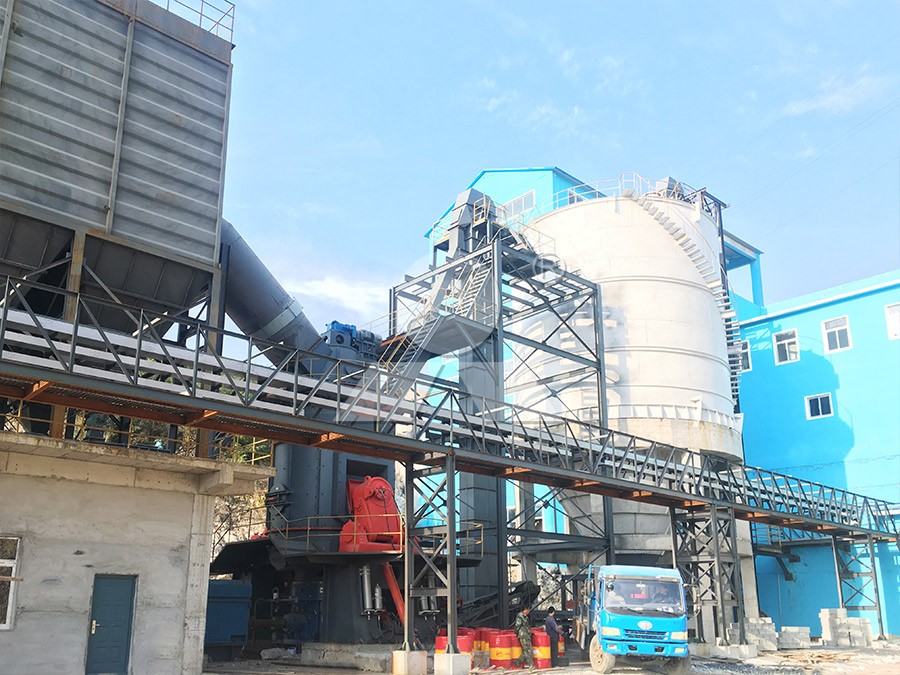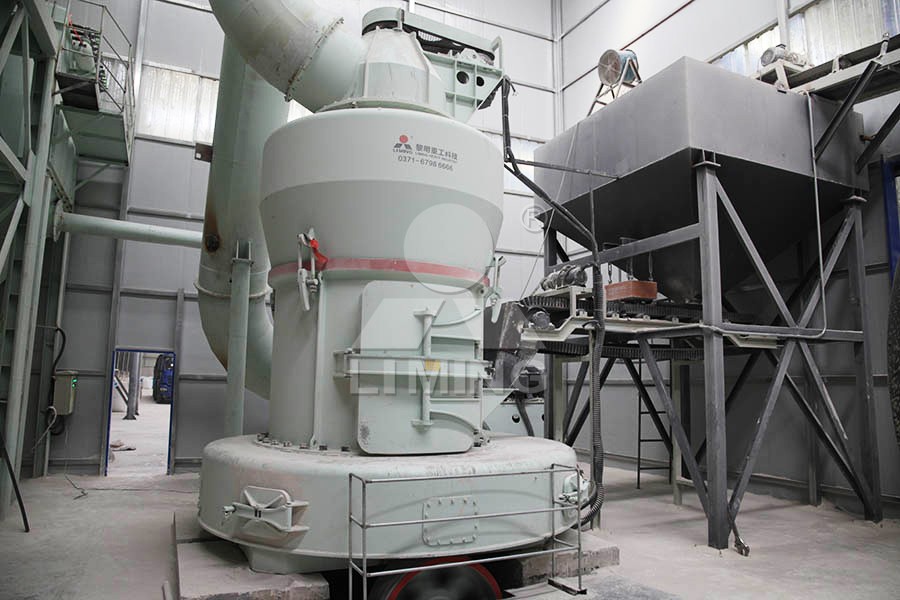Raymond Mill Models and Price Guide
Raymond Mill Models and Price Guide
Navigating the world of industrial grinding equipment can be challenging, especially when you’re trying to balance performance requirements with budget constraints. As someone who’s spent years in this industry, I’ve seen firsthand how selecting the right mill can transform operations. Let’s break down the key considerations and explore some standout options that deliver exceptional value.
The traditional Raymond mill has been a workhorse in powder processing for decades, but technological advancements have introduced more sophisticated alternatives. When evaluating mills, you need to consider your material characteristics, required fineness, production capacity, and operational costs beyond the initial purchase price.

Key Factors Influencing Raymond Mill Pricing
Pricing for grinding mills varies significantly based on several factors. The mill’s construction materials, motor power, automation features, and additional components like dust collectors all contribute to the final cost. More expensive models typically offer better energy efficiency, lower maintenance requirements, and higher production capacities – ultimately providing better long-term value.
Entry-level Raymond mills might start around $15,000-$30,000 for basic configurations, while high-end ultrafine grinding systems can reach $100,000-$300,000 depending on specifications and additional features. Remember that the initial investment is just one part of your total cost of ownership – energy consumption, spare parts, and maintenance downtime can significantly impact your operational expenses over time.
Standout Performer: MW Ultrafine Grinding Mill
For operations requiring ultra-fine powder between 325-2500 meshes, the MW Ultrafine Grinding Mill represents a significant technological leap forward. What impressed me most about this system is its innovative design that eliminates rolling bearings and screws in the grinding chamber – a common failure point in many traditional mills. This engineering decision dramatically reduces maintenance concerns and unexpected downtime.
The MW series delivers 40% higher production capacity compared to jet mills and stirred grinding mills at the same fineness and power levels. Even more impressive is that it achieves this while consuming only 30% of the energy of jet mills. For businesses processing materials like limestone, calcite, dolomite, or specialized applications in cosmetics and pharmaceuticals, this efficiency translates to substantial operational savings.

Vertical Grinding Solutions: LUM Series
Another exceptional option worth considering is the LUM Ultrafine Vertical Grinding Mill, which incorporates German powder separating technology with Taiwanese grinding roller advancements. Its reversible structure makes maintenance surprisingly straightforward – operators can easily move grinding rollers out of the body for inspection and replacement. The double position-limiting technology provides operational stability that’s particularly valuable in demanding industrial environments.
With an input size of 0-10 mm and capacity ranging from 5-18 tph, the LUM mill excels in applications requiring superfine dry powder of non-metal ores. The PLC control system and multi-head powder separating technology allow precise control over grinding parameters, resulting in energy savings of 30%-50% compared to conventional mills.
Making the Right Investment Decision
When selecting a grinding mill, look beyond the price tag. Consider how features like the MW’s external lubrication system or the LUM’s hydraulic adjustment capabilities will impact your long-term operational costs. These advanced systems might command a higher initial investment but typically pay for themselves through reduced maintenance, lower energy consumption, and increased production efficiency.
I always recommend visiting a demonstration facility or requesting material testing with your specific samples. Seeing the equipment in operation and verifying its performance with your materials provides invaluable insights that specifications alone cannot convey.

Frequently Asked Questions
What’s the typical lifespan of these grinding mills?
With proper maintenance, high-quality mills like the MW and LUM series can operate effectively for 15-20 years. The use of wear-resistant alloys for grinding components significantly extends service life compared to traditional materials.
How do I determine the right mill capacity for my operation?
Consider both your current needs and anticipated growth. It’s generally better to select a mill that can handle 20-30% more capacity than your current requirements to accommodate future expansion without requiring equipment replacement.
Are these mills suitable for food and pharmaceutical applications?
Yes, specifically the MW Ultrafine Grinding Mill is designed with the cleanliness requirements of these industries in mind. Its dust collection system and construction materials make it appropriate for food additives and pharmaceutical ingredients.
What kind of technical support is available after purchase?
Reputable manufacturers provide comprehensive support including installation supervision, operator training, and readily available spare parts. Ensure your supplier offers these services before making a purchase decision.
